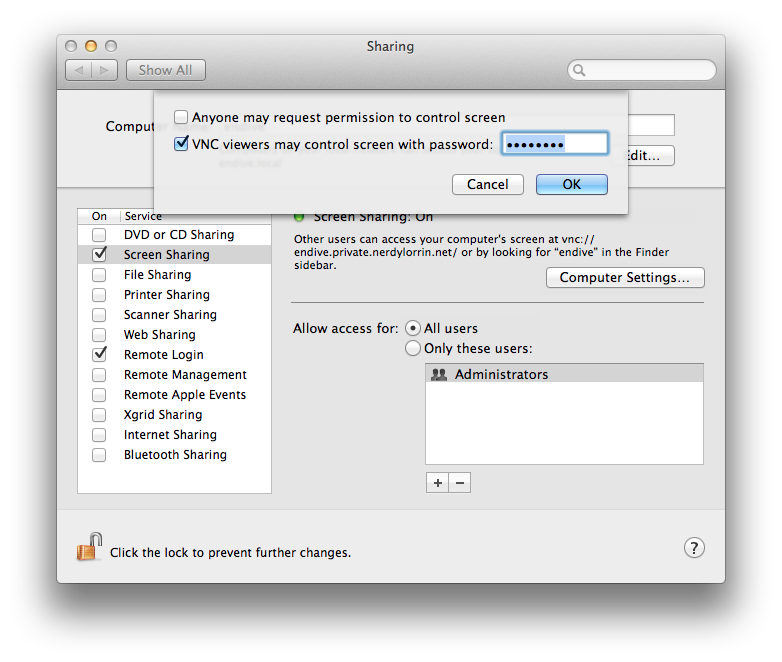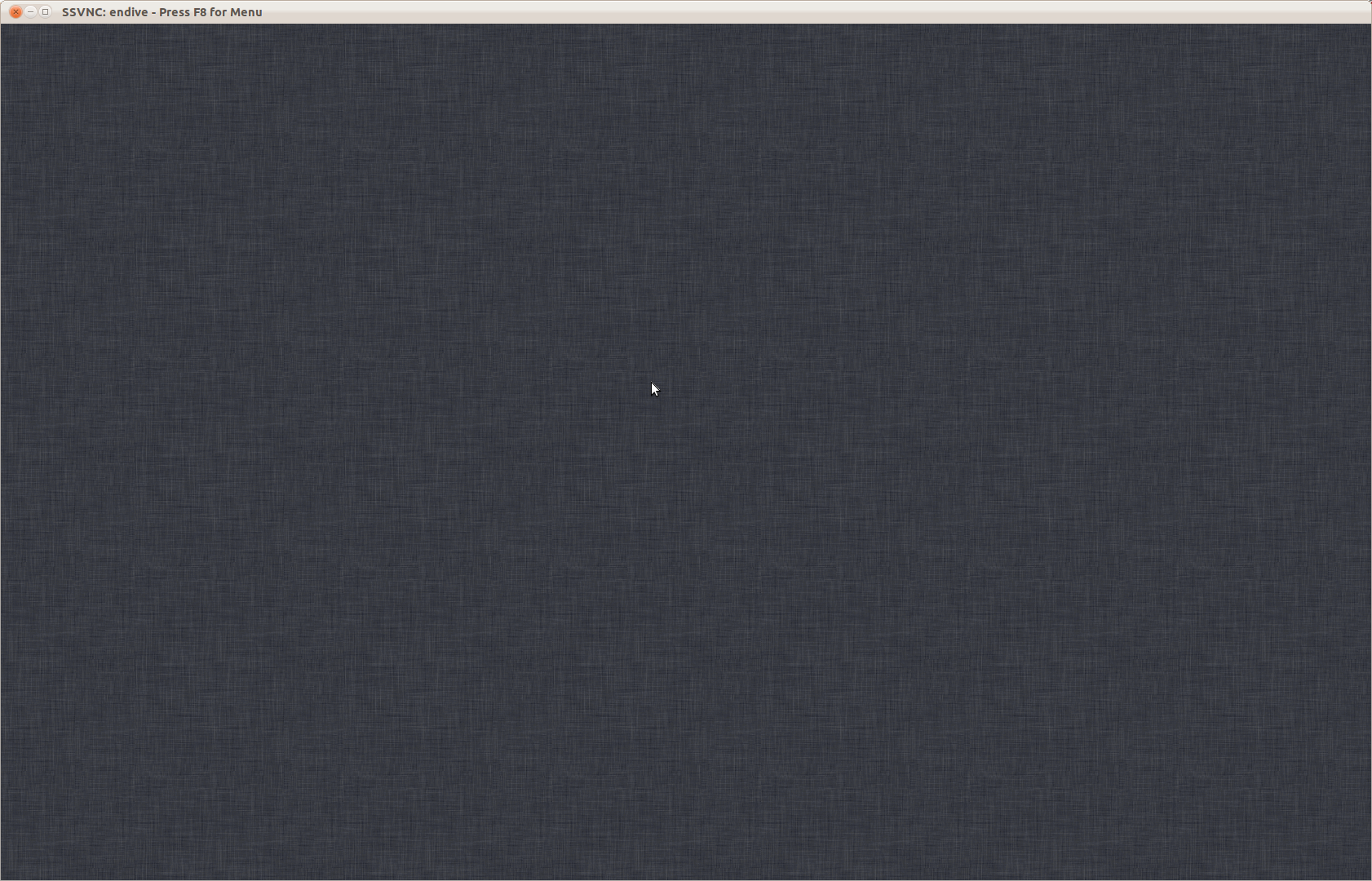The other day I got a low disk space warning because my Thunderbird Inbox had grown to over 100 GB. It turned out my Inbox, Trash, and Sent mailbox folders were all impacted by some bug in which Thunderbird would keep fetching the same messages again and again from the server (IMAP) and appending them to the mailbox file. Compacting the mailbox would recover the disk space, but the mailboxes would start growing again shortly thereafter.
The magic incantation to resolve the problem was some quick succession of compacting the mailbox (right-click -> Compact) and repairing it (right-click -> Properties... -> Repair Folder). I did have Preferences -> Advanced -> Network & Disk Space -> Compact all folders when it will save over 1 MB in total set, but it wasn’t kicking in.

